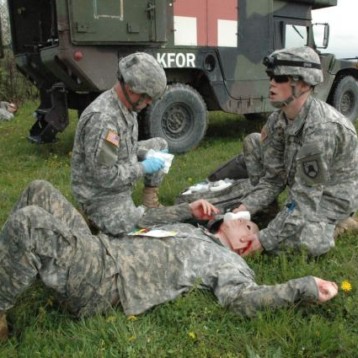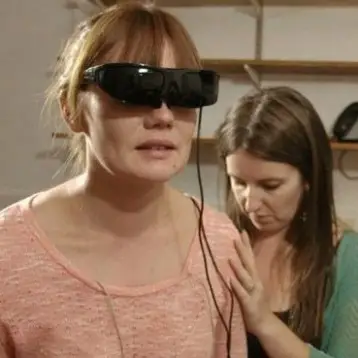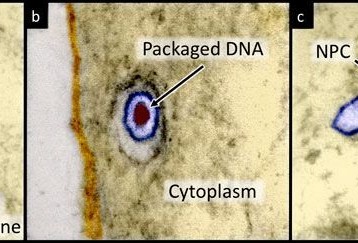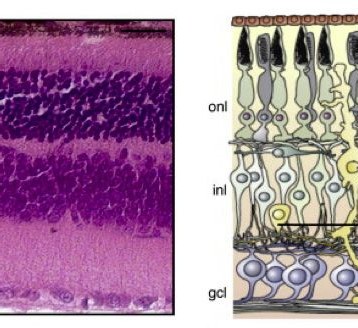|
The scientists used existing studies concerning astronaut immune systems and the results of two experiments (one in 2006 and one in 2008) where cultures of salmonella were grown simultaneously on Earth and on the space shuttle to allow direct comparisons. The cultures on the space shuttle grew faster and resulted in a 300% increase in mortality rate when injected into mice. Furthermore, the bacteria in space tended to grow a biofilm coating which has proven particularly resistant to antibiotics in the past.
This accelerated rate of growth may be caused by fluid shear that creates an environment similar to that found in human intestines. Basically, the salmonella detects the force of surrounding fluids. The salmonella typically slips into the spaces between the villi in the intestines which protect it from the significant churn found in the center of the pathway. Researchers believe the low fluid shear of space is similar to the shear found within these pockets, a condition that sends the bacteria into overdrive as it prepares to enter the blood stream and cause infections.
When combined with an observed decrease in the effectiveness of the human immune system in space, the virulence of bacteria growth could cause significant health issues for astronauts on long-term flights. Researchers are exploring the use of different growth medium to control the rate of bacteria virulence. In addition to information about disease in space, these experiments are providing additional information on how salmonella and similar bacteria work more generally which may improve treatment and prevention on Earth and well as in space.
TFOT has previously reported on other potential hazards related to space and space travel including reports of a mysterious space disease in Peru after a meteor strike, the discovery of toxic chemicals on the surface of Mars, and predictions that an extinction-level comet or asteroid collision may occur in the not too distant future.
Read more about the salmonella experiments on the space shuttle in this NASA press release and about fluid shear and how the virulence may be controlled in this .










